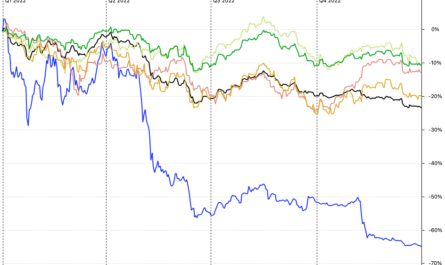We have already reported several times in this blog that the younger generation in particular should not rely exclusively on the state pension system in old age, but should also make private provision for the most part. It is precisely the pension gap, and thus roughly speaking the difference between future pension payments and the last income from work, that should be able to be closed later in old age as a minimum target. While the average German pays about 670 euros month after month into the pension insurance, the chances of a good, fair and above all carefree pension, however, are not under a good star. Even in a European comparison, Germany does not fare well.
It is not exactly easy to compare the pension levels of different countries. In Europe alone, there are several systems. While some rely on a pay-as-you-go system in which current payments are passed on by current contributors from employment, other countries finance their pensions from taxes via a kind of basic security and oblige employers to provide a company pension, thus topping up the state benefit. In some cases, individual countries rely on a mixed form and thus on both the Bismarck and the Beveridge pension systems.
The Organization for Economic Cooperation and Development (OECD) publishes an annual report comparing the net replacement rates of different countries, thus providing a rough basis for comparing pension levels among them. The net replacement rate is equal to the net pension entitlement divided by the net remuneration before retirement, taking into account income taxes and social security contributions. The old-age pension is thus calculated in relation to the last net earnings.
Accordingly, Germany had a net replacement rate of 52.9% for average earnings in 2021, placing it in the bottom quarter within Europe. The top performers are Hungary and Portugal with 94.0% and 90.3%, followed by the Netherlands and Luxembourg with around 89%. Austria comes in at 87.1% and Denmark at 84.0%. Even in Greece (93.6%), Italy (81.7%) and Spain (80.3%), the three countries with the most unstable state budgets on the continent, the pension level is higher. Only Switzerland, Ireland, Poland and Estonia fare worse, at well below 40%.
| Country | Net replacement rate |
|---|---|
| Hungary | 94,0 % |
| Portugal | 90,3 % |
| Netherlands | 89,2 % |
| Luxembourg | 88,7 % |
| Austria | 87,1 % |
| Denmark | 84,0 % |
| Greece | 83,6 % |
| Italy | 81,7 % |
| Spain | 80,3 % |
| France | 74,4 % |
| Slovakia | 69,4 % |
| Czech Republic | 65,2 % |
| Slovenia | 63,3 % |
| Finland | 63,2 % |
| Belgium | 61,9 % |
| United Kingdom | 58,1 % |
| Sweden | 56,2 % |
| Norway | 55,7 % |
| Latvia | 55,3% |
| Germany | 52,9 % |
| Switzerland | 50,7 % |
| Ireland | 39,9 % |
| Estonia | 33,8 % |
| Lithuania | 30,7 % |
Although the data allow a rough comparison with one another, they say little about how well off pensioners actually are, because the cost of living and purchasing power play no role in these OECD figures. But they do show that either Germany will finally improve its pension system – for example, by introducing a sovereign wealth fund like the one in Norway or a stock pension – or people will have to continue to make their own living in old age.
It is better to take care of this early on and remain independent!







